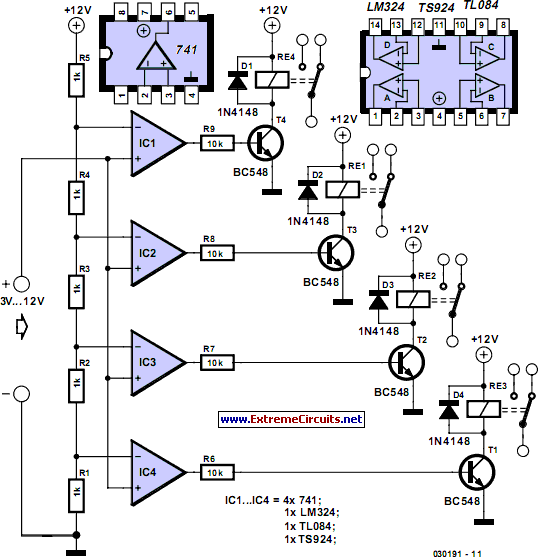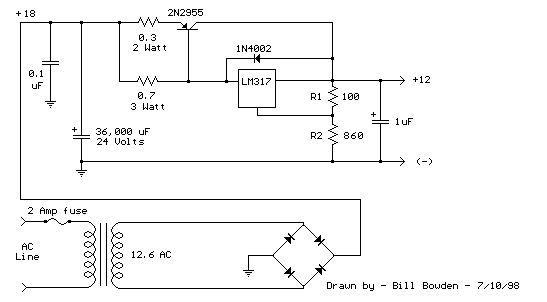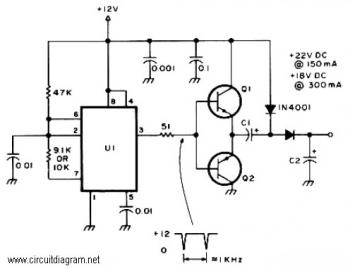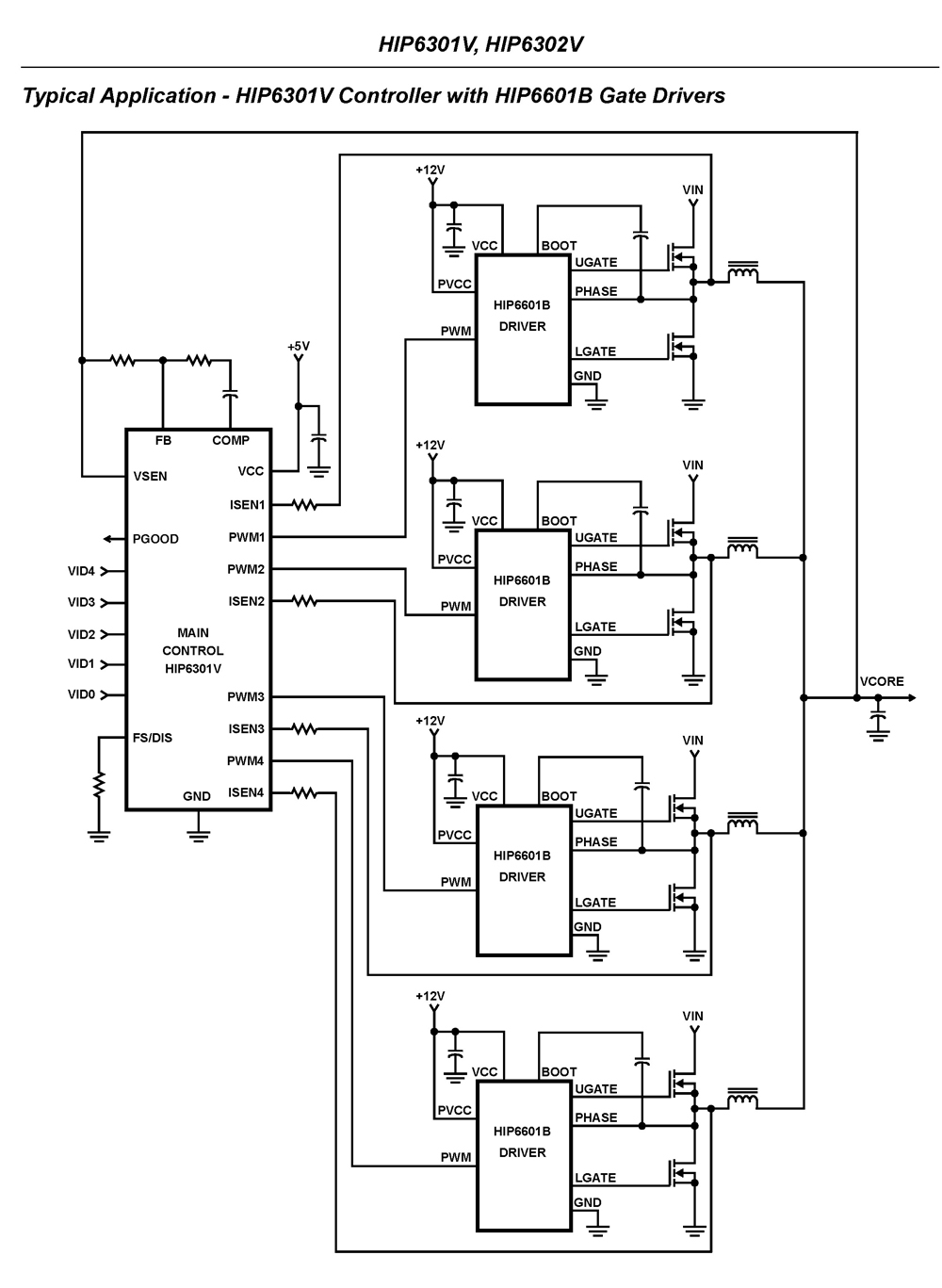
caps provide voltage boost to

This circuit incorporates capacitors and diodes into a conventional transformer-based series regulator circuit to enhance its operational range. It ensures regulation under low line voltage conditions and can extract additional power from a standard plug-in power supply.
The described circuit modification enhances the performance of a traditional transformer-based series regulator by integrating additional components such as capacitors and diodes. The primary function of the series regulator is to maintain a stable output voltage despite variations in input voltage or load current. By introducing capacitors, the circuit can better filter out voltage fluctuations, thereby improving the overall stability and response time of the regulator.
Diodes are utilized in this configuration to protect against reverse polarity and to allow for better current flow regulation. They can also serve to clamp voltage spikes that may occur in the circuit, further safeguarding sensitive components. The inclusion of these components allows the circuit to maintain regulation even under low line voltage conditions, which is particularly beneficial in scenarios where the input voltage may drop below the expected levels.
Moreover, this enhanced design is capable of extracting additional power from standard wall-mounted power supplies. This is achieved by optimizing the voltage drop across the regulator, enabling it to deliver slightly higher wattage without compromising the integrity of the output voltage. Such enhancements make this circuit suitable for applications requiring reliable power delivery in varying conditions, thus extending the usability and efficiency of conventional transformer-based power supplies.
Overall, this circuit modification represents a significant improvement over standard designs, offering greater flexibility and reliability in power regulation applications.This circuit adds some capacitors and diodes to a traditional transformer type series regulator circuit to extend the normal operating range. It can insure regulation during low line voltage conditions or it can squeeze a few more watts out of a plug-in-the-wall power adapter power supply.
🔗 External reference
The described circuit modification enhances the performance of a traditional transformer-based series regulator by integrating additional components such as capacitors and diodes. The primary function of the series regulator is to maintain a stable output voltage despite variations in input voltage or load current. By introducing capacitors, the circuit can better filter out voltage fluctuations, thereby improving the overall stability and response time of the regulator.
Diodes are utilized in this configuration to protect against reverse polarity and to allow for better current flow regulation. They can also serve to clamp voltage spikes that may occur in the circuit, further safeguarding sensitive components. The inclusion of these components allows the circuit to maintain regulation even under low line voltage conditions, which is particularly beneficial in scenarios where the input voltage may drop below the expected levels.
Moreover, this enhanced design is capable of extracting additional power from standard wall-mounted power supplies. This is achieved by optimizing the voltage drop across the regulator, enabling it to deliver slightly higher wattage without compromising the integrity of the output voltage. Such enhancements make this circuit suitable for applications requiring reliable power delivery in varying conditions, thus extending the usability and efficiency of conventional transformer-based power supplies.
Overall, this circuit modification represents a significant improvement over standard designs, offering greater flexibility and reliability in power regulation applications.This circuit adds some capacitors and diodes to a traditional transformer type series regulator circuit to extend the normal operating range. It can insure regulation during low line voltage conditions or it can squeeze a few more watts out of a plug-in-the-wall power adapter power supply.
🔗 External reference





